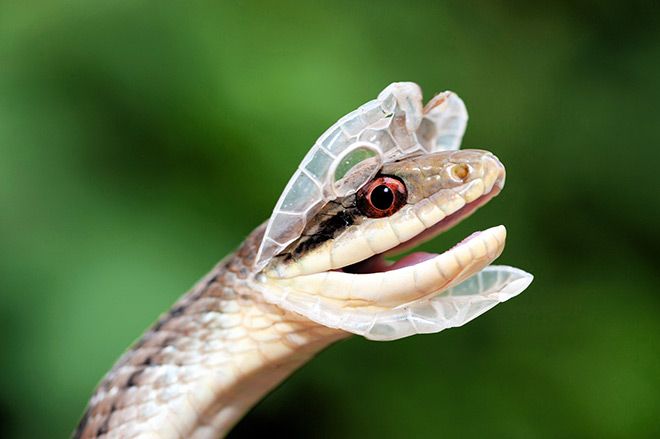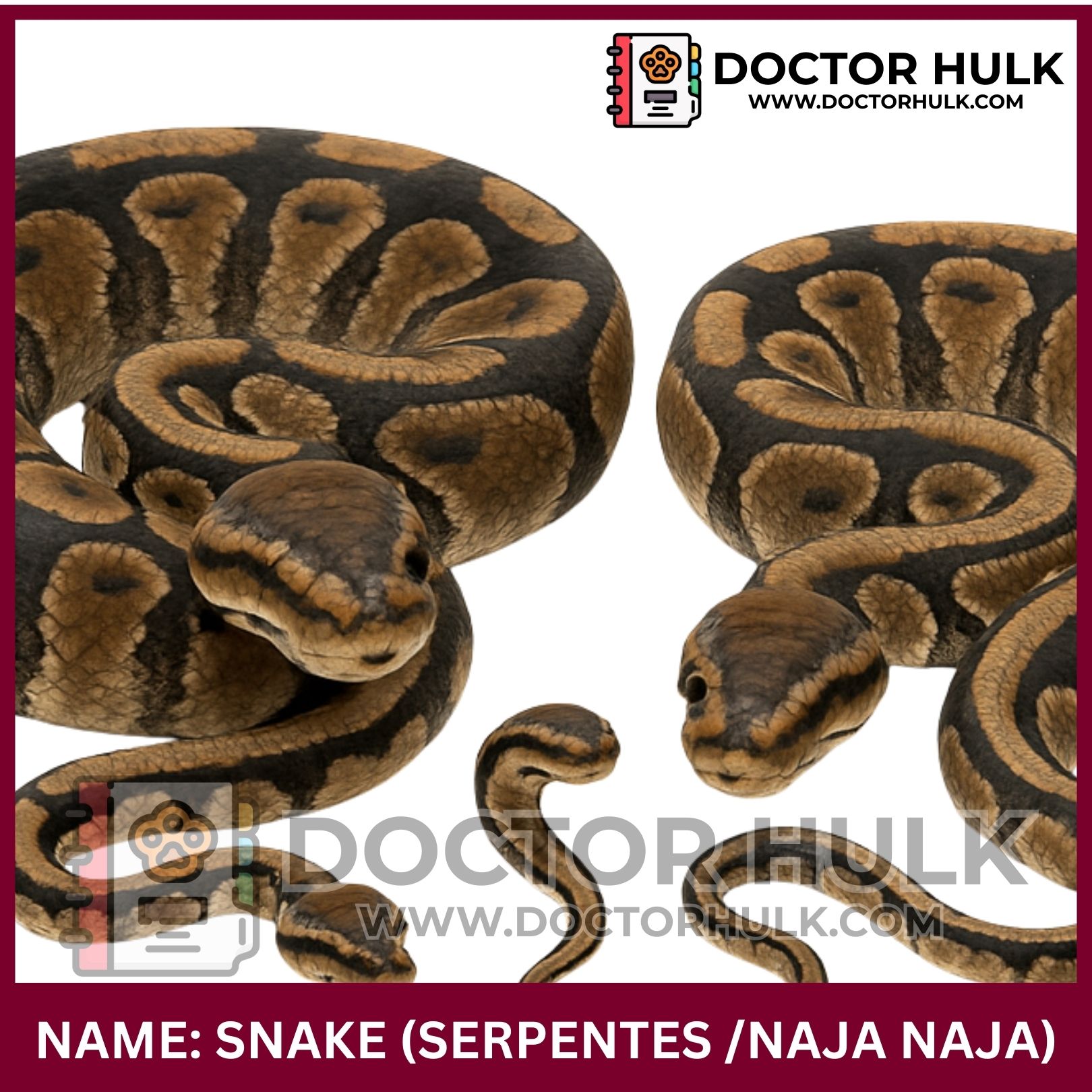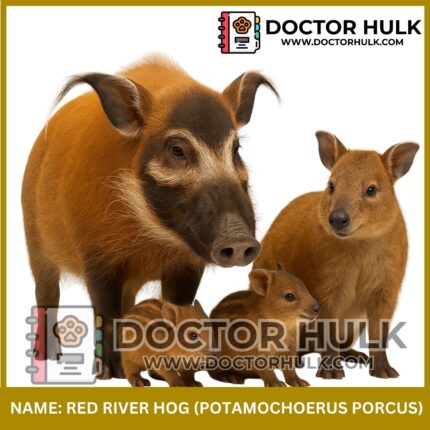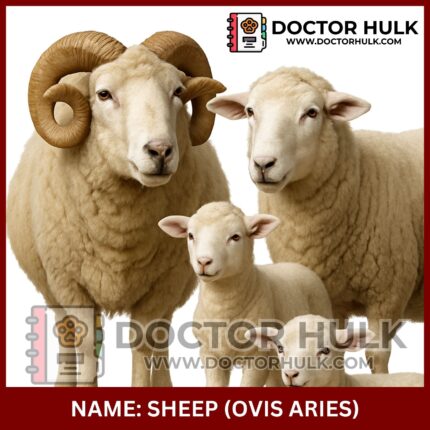A snake is a long, legless reptile that can be found in nearly every part of the world, from deserts to rainforests. They come in all sorts of shapes, sizes, and colors, but they all share a similar body structure: a long, flexible spine covered in scales.
Snakes are carnivores, which means they primarily eat meat, and their diet can include anything from small rodents and birds to insects or even fish. Some species, like pythons and boas, constrict their prey by wrapping around it, while others, like cobras or vipers, may use venom to subdue their prey.
Scientific Classification
-
Suborder: Serpentes
-
Class: Reptilia
-
Family: Multiple families (e.g., Colubridae, Viperidae, Elapidae)
Snakes are legless, carnivorous reptiles found almost everywhere in the world, except Antarctica. Though often misunderstood or feared, snakes are an essential part of the ecosystem and display fascinating biology and behavior.
Common Names
-
Snake
-
Serpent
-
Viper (for certain venomous types)
-
Boa, Python, Cobra, etc. (specific species)
Geographic Distribution
Snakes are found on every continent except Antarctica, thriving in forests, deserts, wetlands, grasslands, and even oceans.
In Nigeria and West Africa, common snakes include:
-
Royal Python (Python regius)
-
Puff Adder (Bitis arietans)
-
Green Tree Snake
-
Carpet Viper (Echis spp.)
Physical Characteristics
-
Long, limbless, muscular body
-
Covered in scales
-
Lack external ears and eyelids
-
Move by slithering in an S-pattern or sidewinding
Size range:
-
Small snakes: 10 cm (Threadsnake)
-
Large snakes: Up to 7 meters (Reticulated Python)
 Image showing a snake coiled on a tree branch with tongue flicking out, showing its scales shimmering in sunlight (Source: StockCake)
Image showing a snake coiled on a tree branch with tongue flicking out, showing its scales shimmering in sunlight (Source: StockCake)
Temperament and Behavior
Snakes vary widely in temperament:
-
Shy and reclusive (e.g., ball pythons)
-
Aggressive when threatened (e.g., vipers)
-
Use tongue-flicking to sense chemicals in the air
-
Some are arboreal (tree-dwellers), others aquatic or fossorial (burrowers)
They are ectothermic (cold-blooded), relying on the environment to regulate their body temperature.
Diet
All snakes are carnivorous, meaning they eat only meat. Depending on size and species, they feed on:
-
Rodents and birds
-
Eggs
-
Fish and amphibians
-
Other reptiles or even other snakes
They swallow their prey whole, using stretchy ligaments in their jaw.
Fun Facts
-
Snakes “smell” with their forked tongues and a special organ called the Jacobson’s organ.
-
Some snakes can go months without eating after a large meal.
-
The shedding of skin (ecdysis) is a regular part of growth and health.
-
Not all snakes lay eggs; some give birth to live young.
Interaction with Humans
Snakes are often feared, but most species are non-venomous and avoid humans. They help control rodent populations, making them beneficial to agriculture. Snakebites do occur, especially in rural areas, and can be dangerous depending on the species.
Veterinary & Health Concerns
Common veterinary issues in pet or captive snakes:
-
Mouth rot (infectious stomatitis)
-
Respiratory infections
-
Mites and ticks
-
Improper shedding (dysecdysis)
-
Nutritional deficiencies (especially in improperly fed pets)
Regular checkups, proper humidity, clean housing, and correct diet are essential for pet snake health.
Conservation Status
Some snakes are widespread and abundant, while others are endangered due to:
-
Habitat destruction
-
Human persecution
-
Illegal pet trade
Examples:
-
Endangered: Saint Lucia Racer, Indigo Snake
-
Protected: Many python species under CITES
 Image showing a snake mid-shed, showing old and new skin (Source: Asahi)
Image showing a snake mid-shed, showing old and new skin (Source: Asahi)
If you need help with your reptile pet, you can reach out to us at Doctor Hulk Veterinary Hospital or call 08143397614.













Reviews
There are no reviews yet.